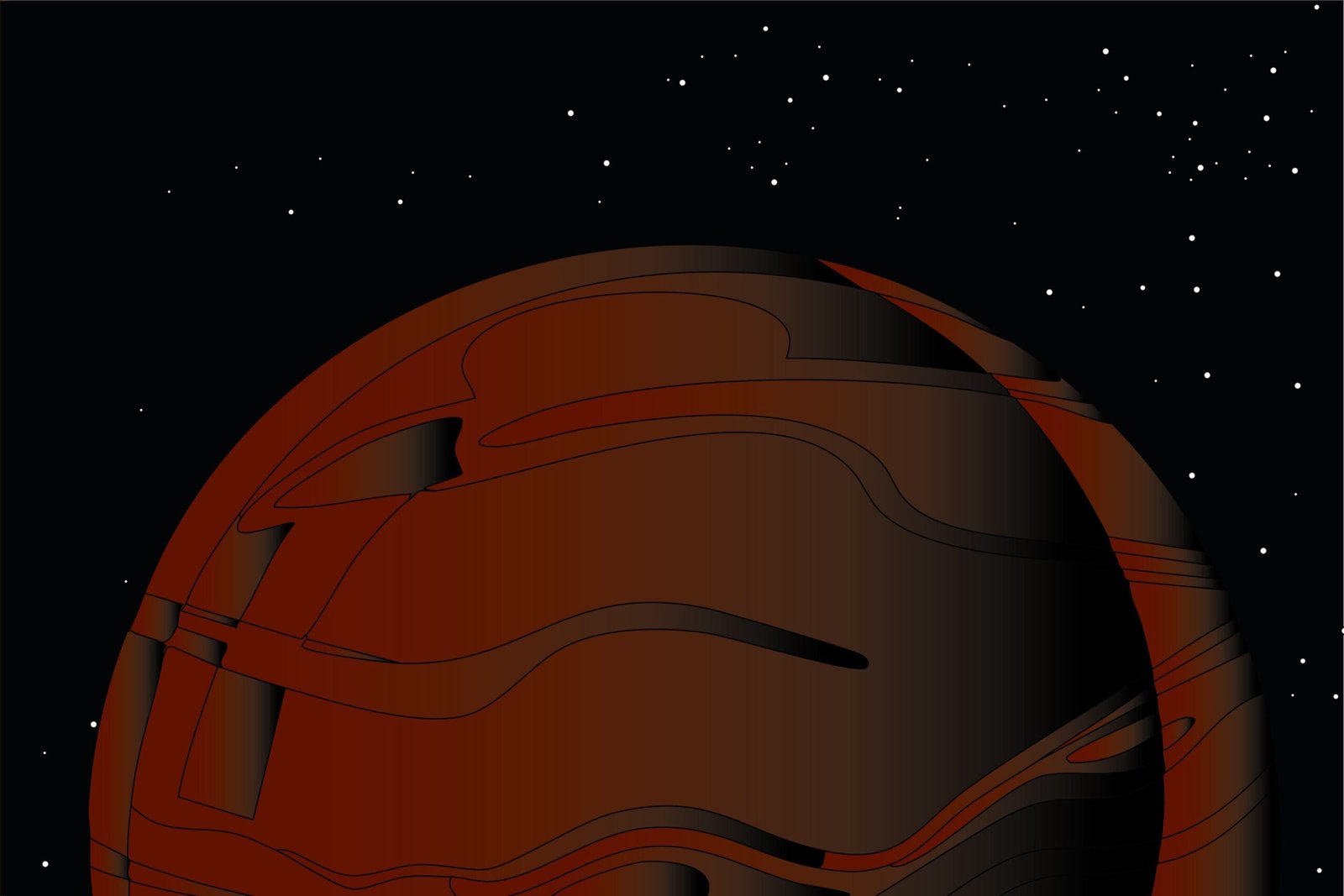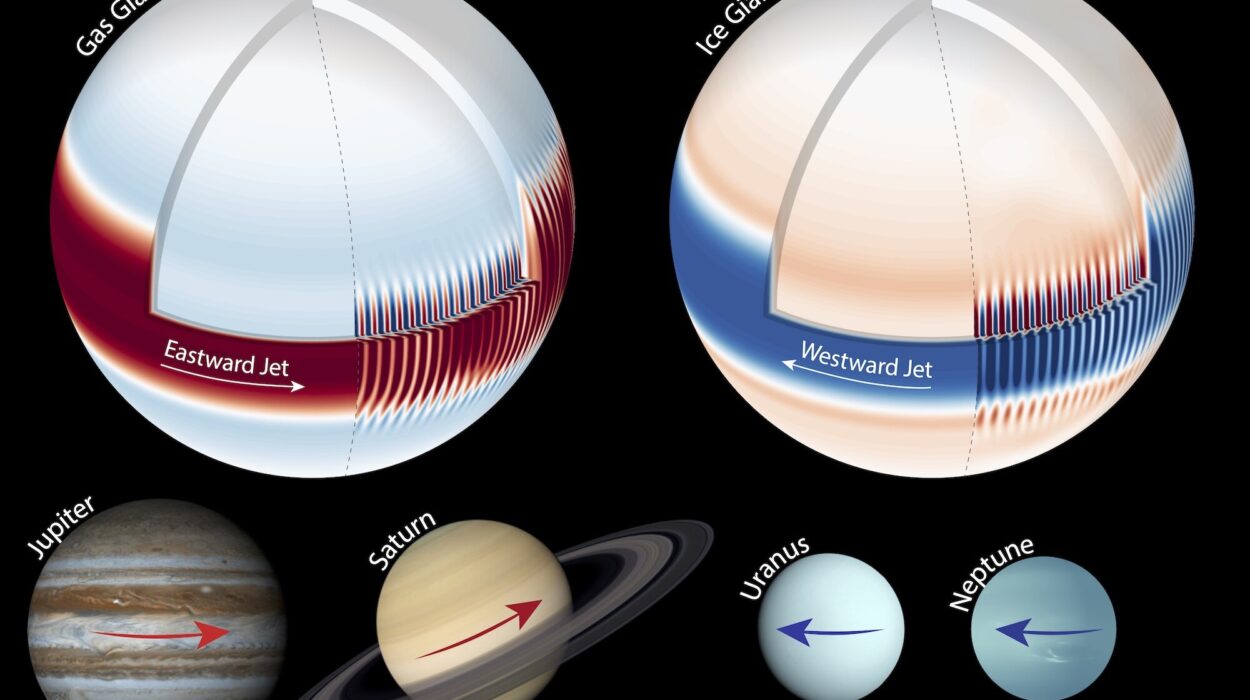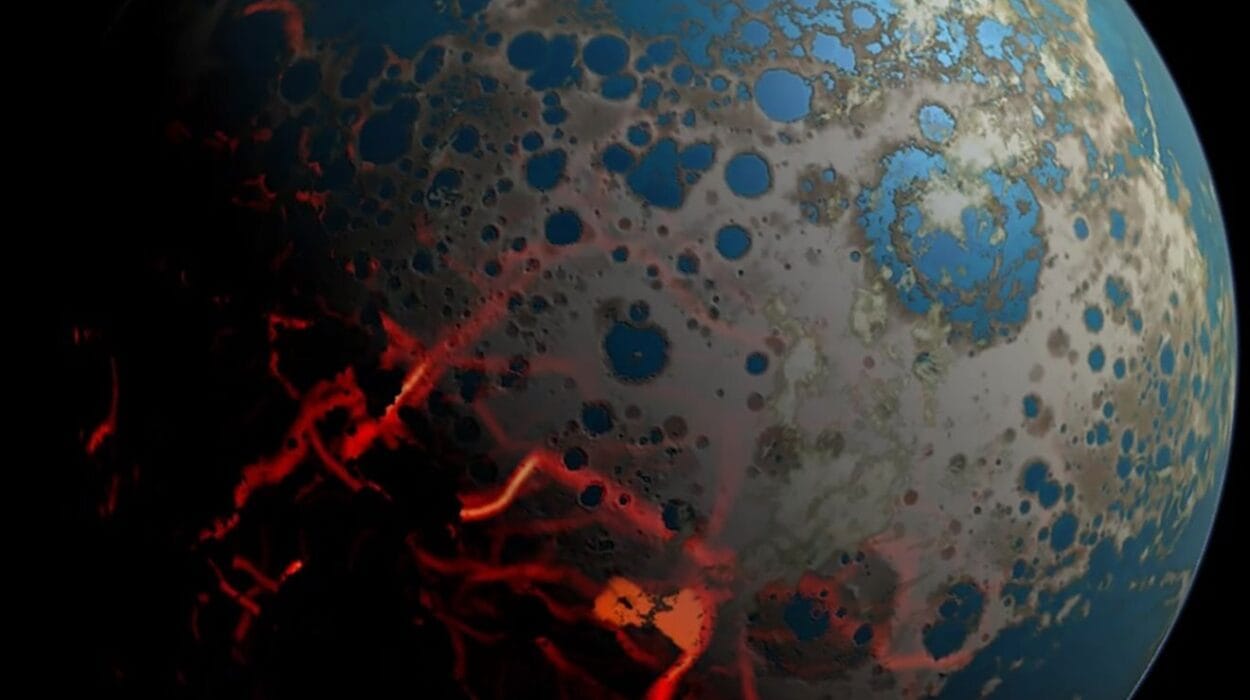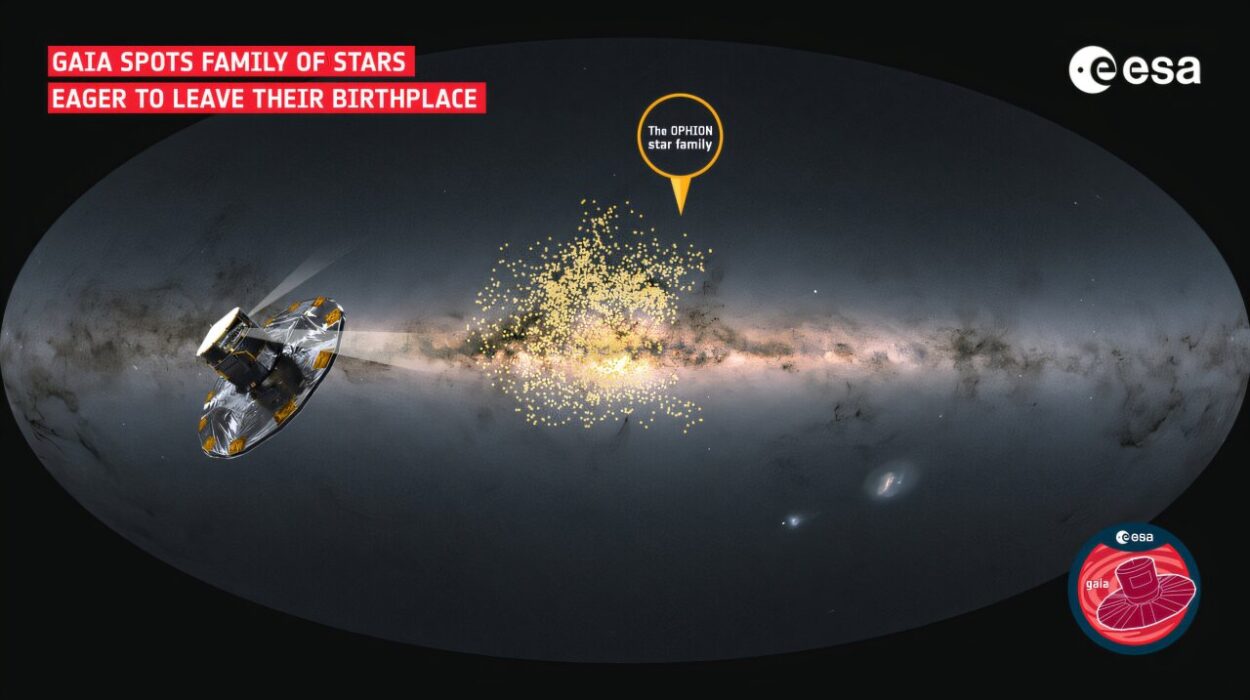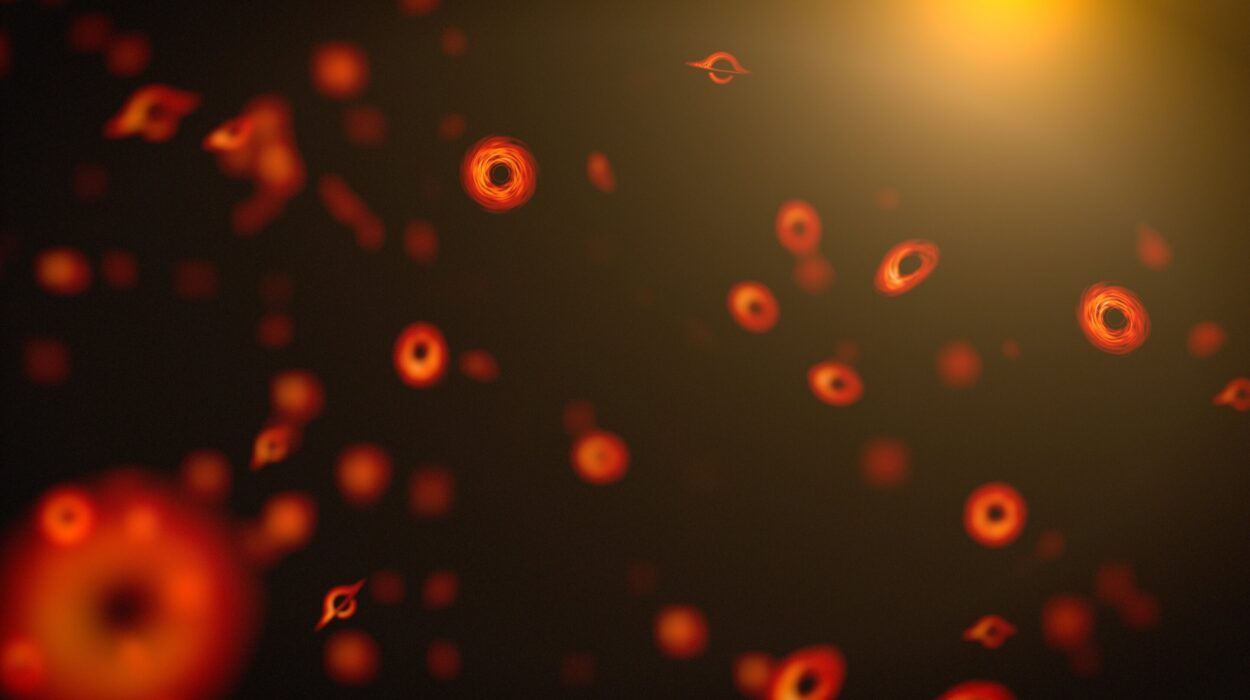At the heart of the Milky Way, behind thick veils of gas, dust, and the glitter of countless stars, something extraordinary might be waiting in the shadows—cosmic objects that could finally help crack one of the greatest mysteries in modern physics.
They’re called dark dwarfs, and while their name evokes secrecy and obscurity, they might blaze a brilliant path toward revealing the true nature of dark matter—the invisible substance believed to make up roughly a quarter of our universe.
In a paper recently published in the Journal of Cosmology and Astroparticle Physics, a team of physicists from the UK and Hawai‘i introduced these exotic objects for the very first time and mapped out how we might discover them using today’s powerful telescopes, including the James Webb Space Telescope (JWST). Their findings could transform our search for the elusive matter that, though unseen, binds galaxies together.
The Mystery That Hides in Plain Sight
For decades, astronomers have known that something strange lurks in the cosmos. Galaxies spin faster than they should if they were made only of the matter we can see. Giant clusters of galaxies exert gravitational pulls far too strong for the mass of their visible stars alone. The cosmic web stretches across the universe, sculpted by some invisible hand.
This silent force has a name: dark matter. But while we see its fingerprints all over the universe, we don’t know what it actually is.
“We think that 25% of the universe is composed of a type of matter that doesn’t emit light, making it invisible to our eyes and telescopes. We only detect it through its gravitational effects,” explains Jeremy Sakstein, a physics professor at the University of Hawai‘i and co-author of the study. “That’s why we call it dark matter.”
Scientists have spent half a century chasing dark matter’s true identity. Dozens of exotic particles have been proposed—from the weighty WIMPs (Weakly Interacting Massive Particles) to ghostlike axions—but none have yet been caught in the cosmic act.
Now, dark dwarfs offer a tantalizing new clue.
When Darkness Makes Stars Shine
At first glance, dark dwarfs sound contradictory. How could something “dark” shine?
The answer lies in how stars are powered.
Our Sun and most stars shine because of nuclear fusion—the immense pressure in their cores forces atoms to collide and fuse, releasing huge amounts of energy as light. But some objects, known as brown dwarfs, never get massive enough to ignite that nuclear fire. These “failed stars” glow faintly, radiating the meager heat left over from their formation and gradual gravitational contraction.
But what if there’s another way to make a star shine—without nuclear fusion at all?
That’s precisely where dark matter comes in.
“Dark matter interacts gravitationally, so it could be captured by stars and accumulate inside them,” Sakstein explains. “If that happens, it might also interact with itself and annihilate, releasing energy that heats the star.”
Imagine a brown dwarf parked in the dense dark-matter fog surrounding the Milky Way’s center. Dark matter particles stream into it, pulled in by gravity. If those particles are WIMPs, they could collide and annihilate each other, unleashing bursts of energy. That hidden furnace could turn an ordinary brown dwarf into a bright new kind of object: a dark dwarf.
Tiny Stars With a Giant Story to Tell
Dark dwarfs, according to the study, would be small—just about 8% the mass of the Sun, far too puny to sustain fusion. Yet, powered by the invisible fuel of dark matter, they’d glow far brighter than a typical brown dwarf.
“They’d look like stars that shouldn’t exist,” Sakstein says.
But the key detail is that dark dwarfs could only form if dark matter is made of certain kinds of heavy particles, like WIMPs, that can clump together inside stars and annihilate. Lighter dark matter candidates—like axions or fuzzy ultralight particles—don’t have enough mass or self-interaction to create the same effect.
That means finding even one dark dwarf could dramatically narrow down the list of what dark matter might be.
“Reasonably strong,” Sakstein says when asked how much weight such a discovery would carry. “If we manage to find a dark dwarf, it would provide compelling evidence that dark matter is heavy and interacts strongly with itself, but only weakly with the Standard Model. This includes classes of WIMPs, but it would include some other more exotic models as well.”
The Lithium Clue
Of course, proposing a new kind of star is one thing. Proving it exists is another.
To avoid wild goose chases, the researchers have pinpointed a distinctive fingerprint that could separate dark dwarfs from ordinary brown dwarfs: lithium-7.
Lithium-7, a fragile element born in the Big Bang, burns away quickly inside stars. In brown dwarfs, it’s swiftly destroyed as soon as temperatures in their cores become even modestly high. But in a dark dwarf, powered not by nuclear fusion but by dark matter annihilation, those core temperatures stay much lower.
“So if you were able to find an object which looked like a dark dwarf, you could look for the presence of this lithium because it wouldn’t be there if it was a brown dwarf or a similar object,” Sakstein explains.
It’s a cosmic litmus test. A star shining bright but still harboring lithium could be a smoking gun for dark dwarfs—and by extension, for the nature of dark matter itself.
Eyes on the Galactic Center
Sakstein and his colleagues believe we might already have the tools to hunt these mysterious stars. Instruments like the James Webb Space Telescope, with its unparalleled sensitivity to faint, cool objects, could search the Milky Way’s center, where dark matter is densest and dark dwarfs most likely to gather.
Alternatively, astronomers could examine large star surveys and look for statistical hints of a hidden sub-population of dark dwarfs lurking among known brown dwarfs. Even subtle anomalies in brightness, color, or elemental composition could provide the first clues.
“It’s an exciting possibility because it’s a direct probe of dark matter,” Sakstein says. “Instead of looking for dark matter particles in a lab on Earth, we’d be using stars as cosmic detectors.”
A New Frontier in the Cosmic Hunt
The idea of dark dwarfs feels almost poetic: hidden stars powered by hidden matter, waiting in the shadows of the galaxy to reveal secrets written into the fabric of space itself. If these objects are confirmed, they could be among the first visible signposts pointing toward the true identity of dark matter—a breakthrough that would reshape our understanding of the cosmos.
It’s a bold hypothesis, but one built on solid physics and tantalizing possibilities.
The galaxy’s heart still keeps many secrets. But perhaps, as telescopes like JWST peer deeper into the crowded brilliance of the Milky Way’s core, they’ll find tiny, glowing beacons—dark dwarfs shining with light born of invisible matter—and bring us one step closer to solving the riddle of the universe’s missing mass.
Until then, the dark dwarfs remain both a mystery and a promise—a whisper from the hidden universe that there’s still so much more to discover.
Reference: Dark Dwarfs: Dark Matter-Powered Sub-Stellar Objects Awaiting Discovery at the Galactic Center, Journal of Cosmology and Astroparticle Physics (2025). On arXiv: DOI: 10.48550/arxiv.2408.00822
